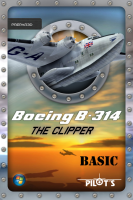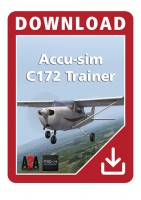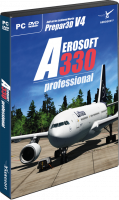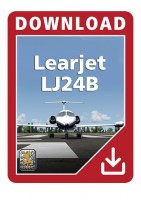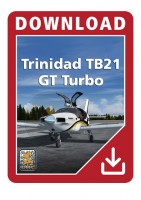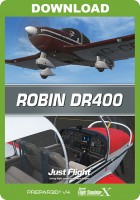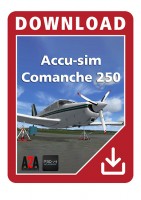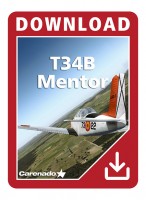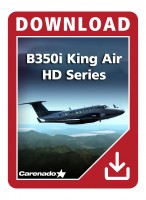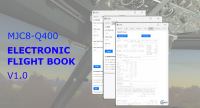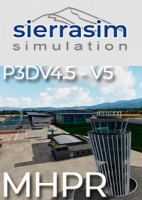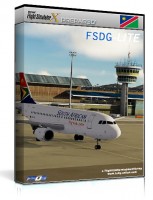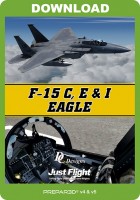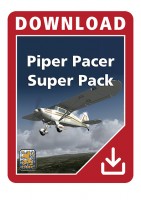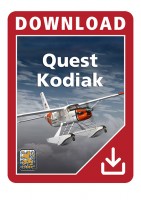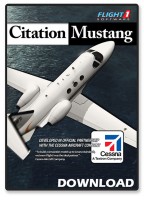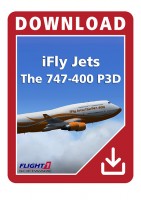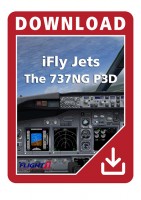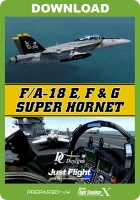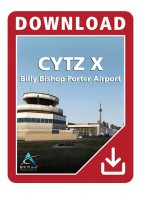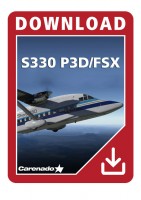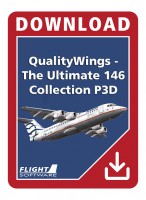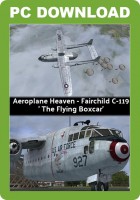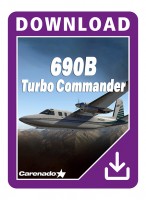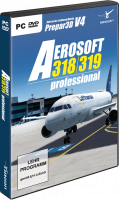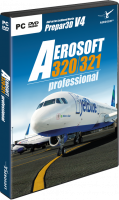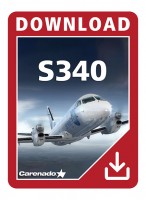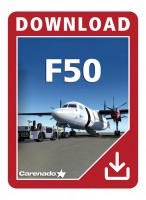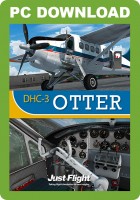Prezzi incl. 22% IVA
Disponibile come download immediato
- Numero Ordine: AS14885
- Publisher: A2A Simulations
- Lingua: English
- Versione corrente: 1.00
Mustang! Thunderbolt! Hellcat! Corsair! Spitfire! Hurricane! These and many of the other great Allied fighter aircraft of World War Two are highly familiar to a great many people and to everyone interested in aviation history.
This version of the Accu-sim T-6 Texan is for P3D V4/V5 Academic only, please make sure that you have the right matching P3D version.
However, what all of these pilots who flew these aeroplanes, all of the celebrated aces and all of those who flew with them have in common is one aeroplane, one which is not nearly as well-known or popularly celebrated - the North American (NAA) T-6, or AT-6 as it was called in the U.S. Army Air Force (USAAF), SNJ in the U.S. Navy (USN) and U.S. Marine Corps (USMC), and “Harvard” in the Royal Air Force (RAF) and Royal Canadian Air Force (RCAF). Virtually every one of the pilots who flew against the Nazi and Imperial Japanese air forces, learned the art and craft of combat flying and honed their aeronautic skills to a diamond- sharp tip in the AT-6 before they were given leave to go into harm’s way in Mustangs, Hellcats and Spitfires.
Compared to those mighty and oft-heralded fighter aircraft, the relatively obscure AT-6/SNJ is the common bond that ties all of these pilots together and which enabled them to “go forth and vanquish the foe” so successfully. Many thousands of young, eager pilots owe their very survival in the mad swirl of aerial combat and the rest of their lives thereafter to the lessons they learned whilst in the cockpit of an AT-6, so successfully and profoundly did this humble aeroplane perform its role and do its duty.
Features:
- Aircraft DNA technology re-creates actual engine and airframe vibrations
- A true propeller simulation
- Pratt & Whitney R-1340 supercharged radial engine captured and physically reproduced
- Both the front and rear cockpits and the entire aircraft gorgeously constructed with authentic metals, plastics, and rubber
- Physics-driven sound environment
- Complete maintenance hangar internal systems and detailed engine tests including compression checks
- Extensively flight tested the actual aircraft first hand by A2A Simulations pilots against the simulation
- Accu-Sim fluid flight modellng allows for aerobatics including accelerated stalls, snap rolls, and hammerheads
- Hyper realistic engine vibrations and harmonics pass through the airframe including the shock mounted cockpit panels
- True to life ground handling, makes landings forever challenging, just like the real T-6. You can hear and feel the large tires bite into the pavement
- Hand propping
- Three different canopies can be selected in real time
- Propeller hub can be removed, revealing a working propeller governor inside
- Autopilot with altitude hold reproduced by the book
- Optional direct cranking or direct inertial starter included
- Towing
- Dynamic ground physics including both hard pavement and soft grass modeling
- Primer-only starts are now possible. Accu-Sim monitors the amount of fuel injected and it’s effectiveness to start and run the engine
- Persistent airplane where systems and temperatures are simulated even when the computer is off
- Immersive in-cockpit, physics-driven sound environment from A2A engineered recordings
- Complete maintenance hangar internal systems and detailed engine tests including compression checks
- Piston combustion engine modeling. Air comes in, it mixes with fuel and ignites, parts move, heat up, and all work in harmony to produce the wonderful sound of a large radial engine. Now the gauges look beneath the skin of your aircraft and show you what Accu-Sim is all about
- Authentic avionics with built-in, automatic support for many popular 3rd party avionics
- As with every A2A aircraft, it is gorgeously constructed, inside and out, down to the last rivet
- Designed and built to be flown “By The Book“
- Visual Real-Time Load Manager, with the ability to load fuel, pilots, and baggage in real-time
- Naturally animated pilot and co pilot with optional sunglasses, standard headphones or helmets
- 3D Lights ‘M’ (built directly into the model)
- Pure3D Instrumentation now with natural 3D appearance with exceptional performance
- A total audible cockpit and sound engineered by A2A sound professionals
- In cockpit pilot’s map for handy in-flight navigation
- Authentic fuel delivery includes priming and proper mixture behaviour. Mixture can be tuned by ear. It’s your choice.
- Airflow, density and its temperature not only affect the way your aircraft flies, but how the internal systems operate
- Real-world conditions affect system conditions, including engine temperatures
- Spark plugs can clog and eventually foul if the engine is allowed to idle too low for too long. Throttling up an engine with oil-soaked spark plugs can help clear them out
- Overheating can cause scoring of cylinder head walls which could ultimately lead to failure if warnings are ignored and overly abused
- Engine, airframe, cockpit panel and individual gauges tremble from the combustion engine
- Authentic drag from the airframe and flaps
- Authentic battery - The battery capacity is based on temperature. The major draw comes from engine starting
- Oil pressure system is affected by oil viscosity (oil thickness). Oil viscosity is affected by oil temperature. Now when you start the engine, you need to be careful to give the engine time to warm
- Eight commercial aviation sponsors have supported the project including Phillips 66 Aviation, Champion Aerospace, and Knots2u speed modifications.
*This version is for academic users in Prepar3D, in accordance to the Lockheed Martin Prepar3D academic license. This software is to be used for flight simulation only, and not to be used for real world flight training. For real world flight training, use our commercial license which is intended to be used with flight simulators authorized by the FAA while using our software.
Lockheed Martin Prepar3D V4/V5 Academic*
Operating System: Microsoft Windows 10 (64bit)
Processor: Quad Core CPU with 3.5 GHz
Memory: 16 GB DDR4 RAM, 2666 MHz
Graphics card: 4 GB VRAM, DirectX 11
Free disk space: 2.1 GB, SSD highly recommended




.jpg)
.jpg)
.jpg)
.jpg)
.jpg)
.jpg)
.jpg)
.jpg)


